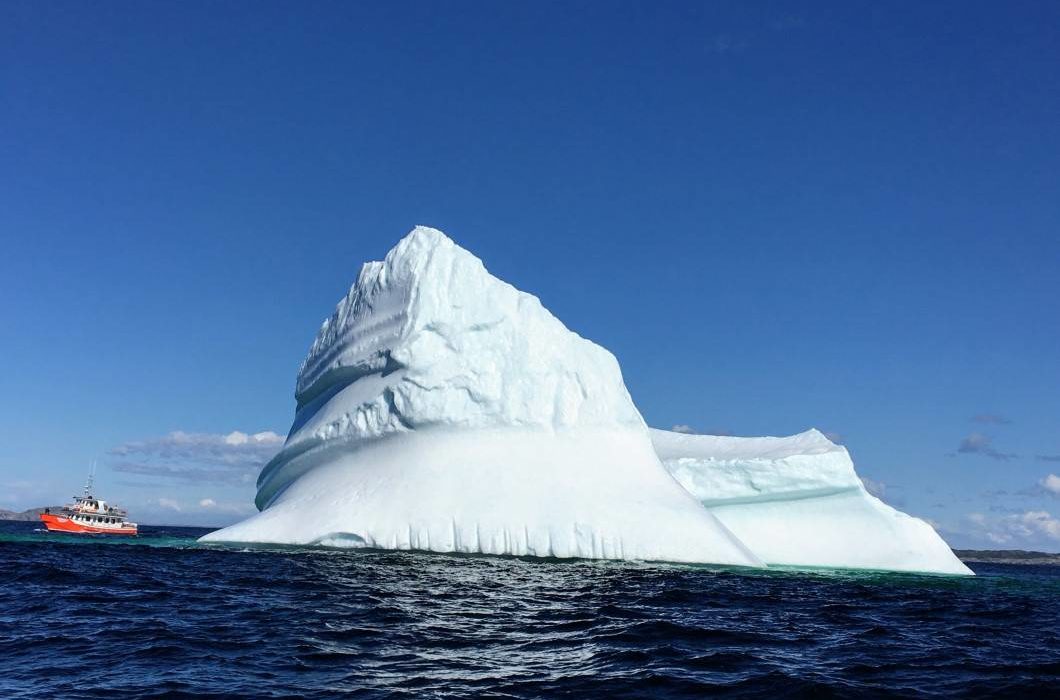
You might also like:
Climate change fuels the demand for the special natural phenomena in eastern Canada. Newfoundland and Labrador is a huge, sparsely populated province. In terms of tourism, the province is best known for its icebergs, which glide along the coast in late spring, providing spectacular sites for the visitors.
The icebergs are originally from Greenland, where calving glaciers release them into the sea, where they then flow to Newfoundland and Labrador and slowly melt away on their way south. They have been doing this for millennia.
But apparently, many tourists assume that this spectacle of nature cannot be observed for very long, as a result of global warming. Or at least this is the impression of experts on the matter, who have seen a clear increase in “iceberg tourism” in the region in recent years.
In principle, one could also say that currently, the natural phenomenon is to be enjoyed very often and intensively. Whether you see icebergs is fundamentally not dependent on climate change but on wind and currents.
However, the Canadian Department of Environment has clearly stated that, due to global warming, significantly more large icebergs are loosening in the Arctic and passing along the Canadian coastline, which is attractive for tourists but can be a problem for the shipping industry.
This year was especially good for tourists. 2019 was an “extreme year” for iceberg activities. As of June 11, according to the International Ice Patrol, 1494 icebergs had already reached the shipping routes south of the 48th northern latitude. The annual average, however, is 713.
However, one can put into perspective the direct connection with global warming: 2019 was only 10th in the last 120 years in terms of the number of icebergs (the cataloging of iceberg activity did not begin until 1900).
Whether or not iceberg tourism will melt away with the icebergs in the future is far from certain. But, paradoxically, the “iceberg tourism sector” is currently benefiting greatly from global warming and this boom that has come with it.
Source: tourism-review.com



